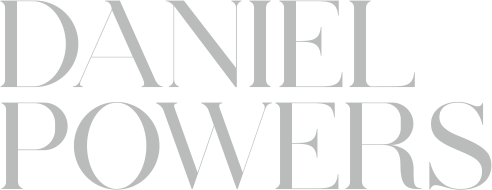Notes
My career in composition has been accompanied by a parallel career as a violist. I began taking violin lessons as a fourth-grade student in northern New York, at about the same time as my first attempts (such as they were at the time) at composing. Over the next several years I took up a number of instruments, but by the end of high school I had settled on viola as my principal instrument.
Even though I’ve never held even the slightest ambition to be a soloist, I have always wanted to write a concerto for my chosen instrument, and an opportunity finally presented itself in the summer of 2011, when I was commissioned by the Terre Haute Symphony Orchestra, where I’ve been assistant principal viola since 1986, to write a concerto for my stand partner, principal violist Logan Strawn. The concerto was written in the spring of 2012 and premiered on November 3 of that year.
Apart from being in three movements, my concerto doesn’t follow the traditional model strictly. The first movement, for example, has no vestige of sonata form, instead being cast in an expanded ABA form, and is marked Andante, emphasizing the viola’s darker and more lyrical character. The concerto opens pianissimo, with the viola entering with a long lyric line, beginning in its low register, gradually building up, and ending as it began. The middle section is based on a single theme, first heard in the clarinet, and then taken up by the viola. The tempo does not change, but the character becomes somewhat livelier. When the first theme returns, a motive from the second theme is woven into the accompanying fabric.
The second movement, Adagio patetico, is in large part an expansion of an earlier piece, the second movement of Links, a mixed quartet written in 2004. Only two minutes long in its original state, I had always felt that it could be expanded upon, and a viola concerto seemed like a suitable venue to try that. (Links had been commissioned by hornist Brian Kilp, who played principal horn in the premiere of the concerto—naturally I made sure he had a prominent part!) The viola introduces a long theme over a pulsating background, which is developed at length with increasing intensity. The movement ends peacefully, with cello and violin joining the viola as co-soloists.
While I was still in the early stages of planning the concerto, and had no definite plans for the third movement beyond the fact that it would be fast and virtuosic, I happened by chance to see an online video of an early music group performing an Estampie, a vigorous medieval dance. The energy of their performance, propelled by a percussionist on hand drum, caught my attention, and by the time their performance was over I knew this was the sound I needed.
I think of the first theme of the last movement as the Estampie theme, presented by solo viola accompanied by a rhythmic part for frame drum. The Estampie forms the first theme group of a sonata form, with the second theme being more relaxed and graceful. The development section uses motives from both themes while preserving the rhythmic drive of the first. The recapitulation begins with a shortened version of the second theme, leading to a cadenza for the viola (part of which is accompanied by the frame drum). The concerto ends with a return of the Estampie theme, extended and rounded off with a brilliant coda.
